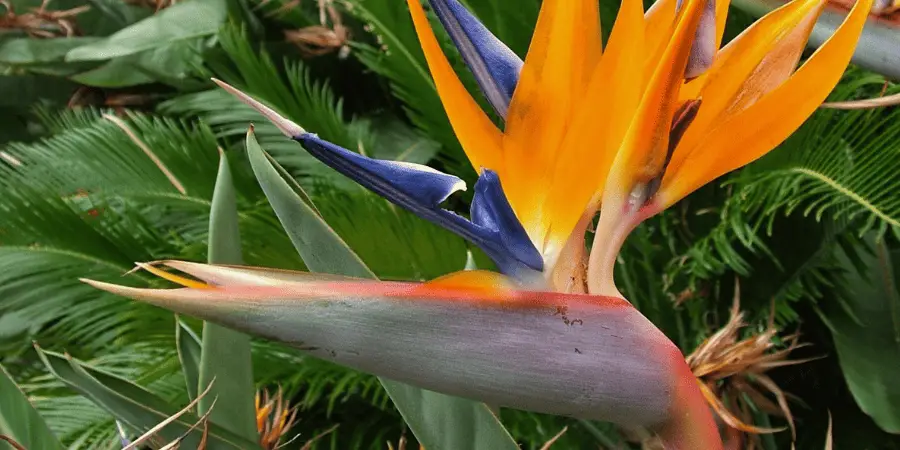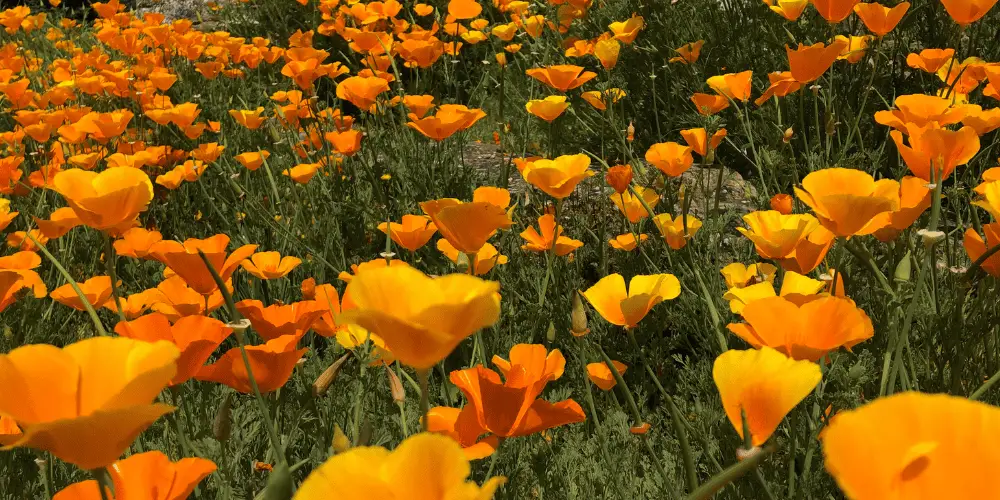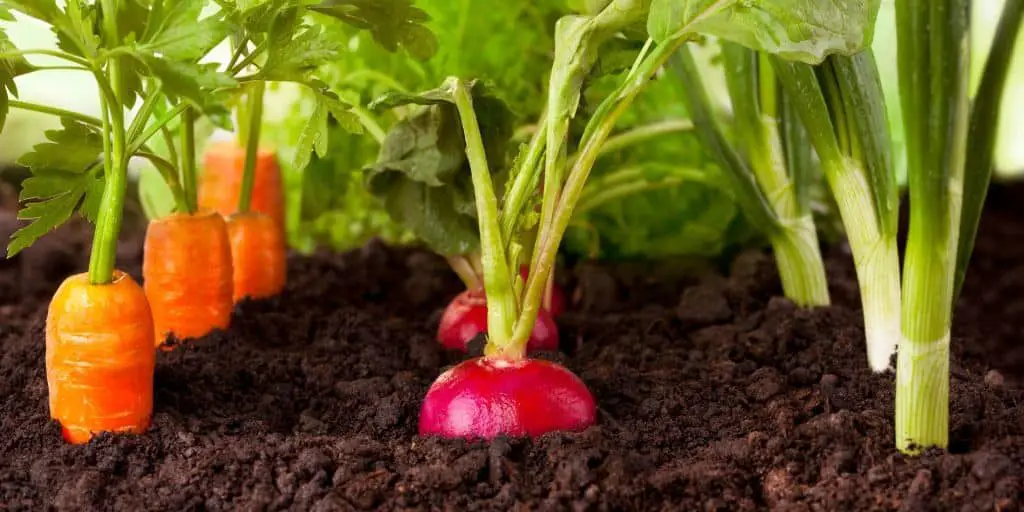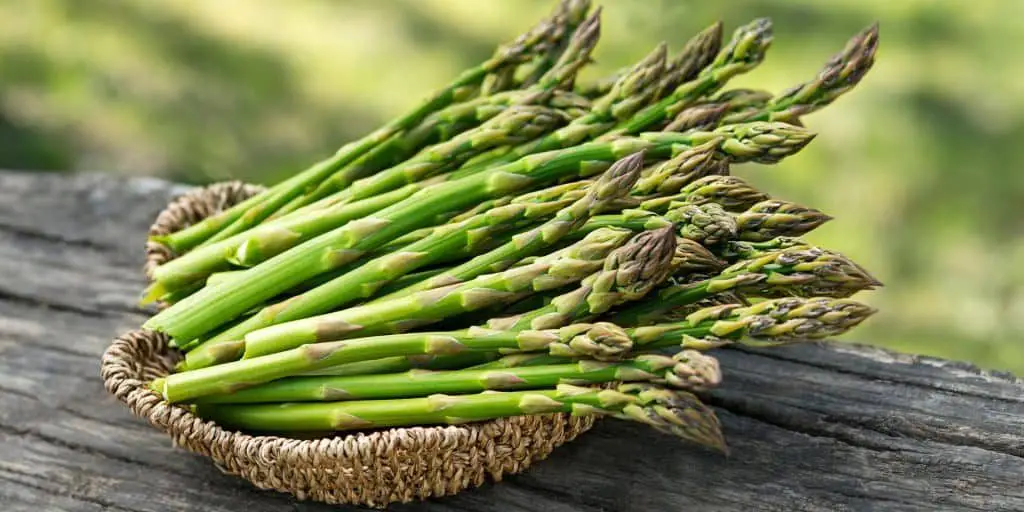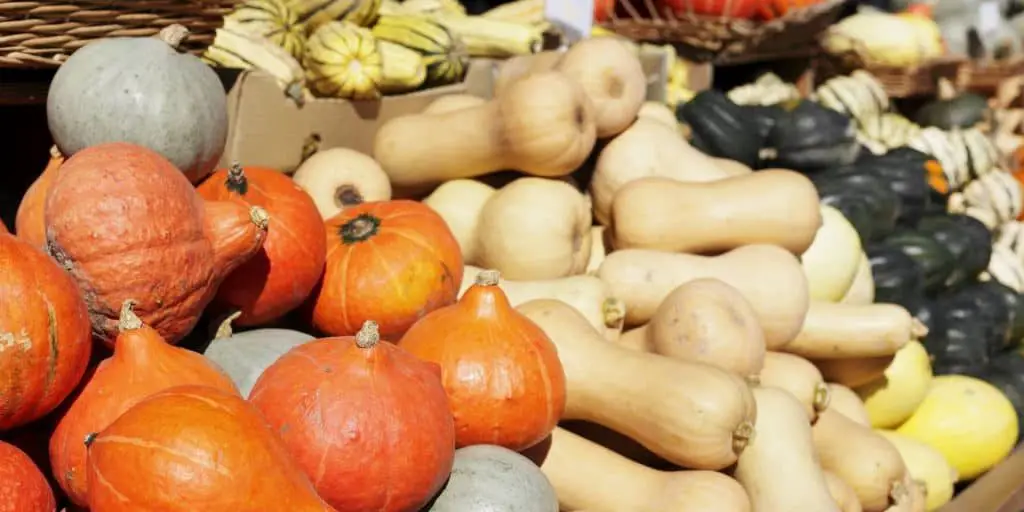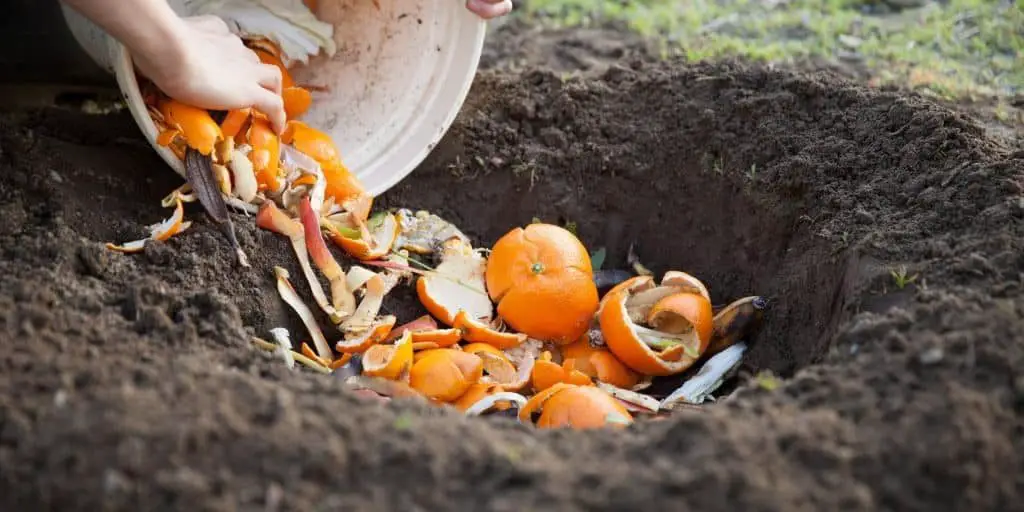
How and When to Add Compost in Spring
Compost is a standard building block of any garden, and spring is a good time to apply it. But it’s a little more specific than that!
The best time in spring to apply compost is two weeks before you plant seedlings or sow seeds. You should also think about what types of compost you’ll apply, and how you’ll work it into the soil–all things we’re going to touch on in this article! So, keep reading to learn more on how and when to add compost in spring!
How to Apply Compost to Your Garden
To apply compost to your garden, you can either dig it into the soil, or side-dress with it: strategically placing it on top of the soil near plants you want to benefit.
If you’re adding compost to a vegetable garden, dig it in. If you’re adding compost to areas with established trees and shrubs, side-dress.
Dig it in
We have a whole post on How To Compost By Hand (The Easy Way), but here are the basic steps:
- Clear the soil of large pieces of debris.
- Drop compost onto the garden according to the dosage on the bag, and use a rake to evenly spread it over the area.
- Start your dig at one end of the garden bed. Dig up a shovelful of soil six to eight inches deep. Then drop it right back into the hole, flipping the shovel as you do so that the compost that was on the surface is now at the bottom of the hole–more or less.
- Continue this process with the rest of the bed, working your way up and down in rows.
- Add mulch or a thin layer of compost on top for extra points!
Side dress
Side-dressing is almost exactly what it sounds like: spreading compost around the sides of plants. Here’s the specifics:
- Target the bulk of the compost about a foot away from the trunk, for shrubs, and at least three feet away from the trunk, for trees. The feeder roots that need to compost reach away from the trunk instead of clumping up close to it.
- Use a hard rake or a hand rake to work the compost into the first couple of inches of soil. This will help incorporate it into the native dirt.
- Spread a thin layer of mulch on top. This will keep the compost and distrubed earth from blowing away or washing away at watering time.
- Speaking of which, water soon after in order to lock the mulch down and begin the seepage of nutrients from the compost to the soil.
You can also add a granular fertilizer (again, natural or organic!) to your garden at the same time you add compost.
Compost is also a great thing to feed your lawn. Simply sprinkle a very thin layer across the area of your lawn shortly before the sprinklers are due to come on. You can do this in the spring, and a few more times throughout the year!
Not All Compost Is Created Equal
The reason why compost is so valuable in a garden is because it does two things that are essential to the health of roots and the plants they feed:
- Compost builds the soil. It adds physical structure, balances pH, increases water retention and aeration, introduces beneficial microbes and insects as well as maintains their populations, and boosts the decomposition process of organic matter in the soil.
- Compost fertilizes. It provides a fresh batch of mineral and nutrients to the soil, which are then accessed by the roots, which then transmits them to the cells tissue of the plants, which are then digested and processed by you!
Basically, whatever compost you put on your garden, you’re going to end up eating, several stages down so line. That’s why it’s important to be pretty choosy about compost!
Here are some guidelines to help you choose the best compost:
- Certified Organic or Naturally derived, not synthetic – will be higher in bioavailable vitamins and nutrients, and more efficient at building soil
- Local, if possible
- Dark color and fairly fine texture, like corn meal – this means all its components are well-broken-down
Use More Than One Type of Compost
In order to inoculate your garden with a full spectrum of vitamins, minerals, and microbes, you’ll want compost from more than one source.
For example, a good variety of compost components would be:
- Forest products (bark, wood, pine needles, leaves)
- Manure (steer, rabbit, or chicken)
- Ocean-based (kelp, seaweed, shells, sea salt)
- Mineral (azomite, langbeinite)
- Miscellaneous biological (blood, bone, and/or feather meal)
You may be able to find particular brands of compost that already combine multiple origins within their components. Or, you may need to buy two or more different types of compost and apply them to your garden together.
Don’t feel like you need to have every single one of these, though! Do what you can, and don’t stress about the rest.
